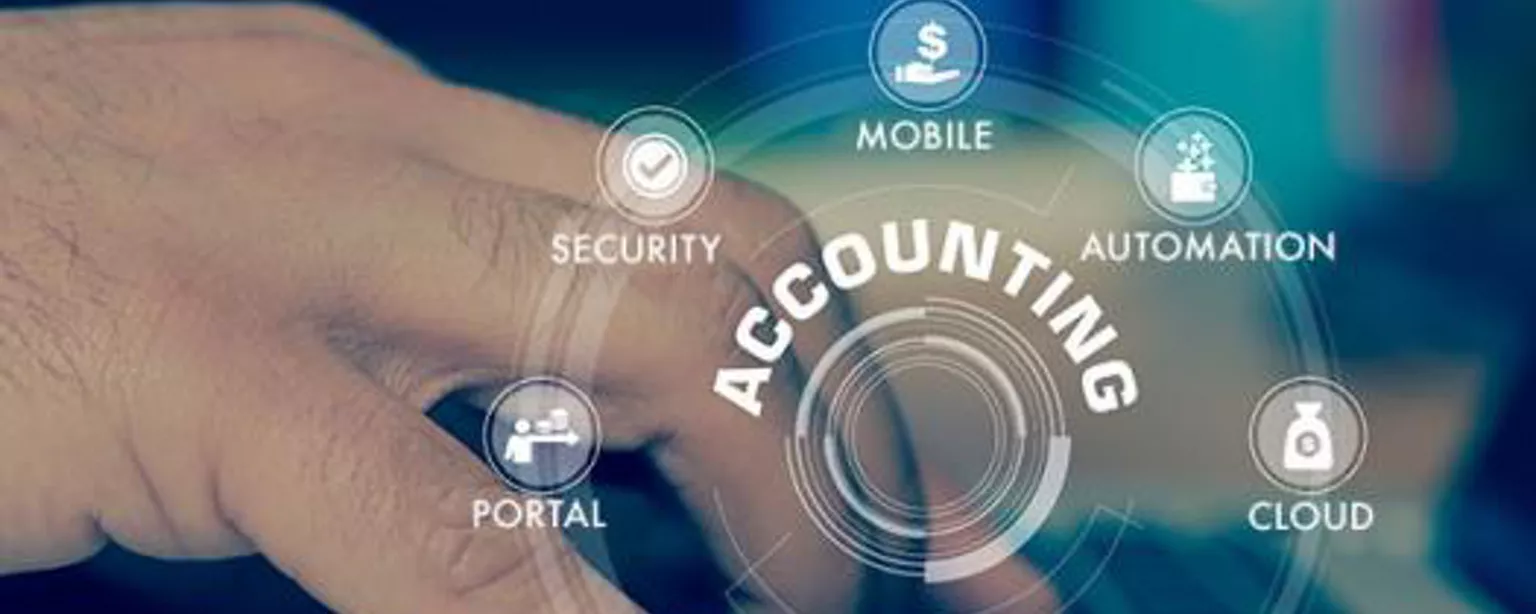Does your company still rely on manual processes for accounts reconciliation? If so, you’re part of a diminishing group. As more organizations make the transition to accounting automation, just over half (55 percent) perform their closing tasks manually — down three points from last year.
Of the U.S. executives surveyed for Robert Half’s 2018 report, Benchmarking the Accounting and Finance Function, 22 percent said they use automation systems developed internally, and 23 percent are using third-party software for accounts reconciliation. The largest companies ($5 billion or more in revenue) are most likely to apply technology in accounting and finance tasks. Less than a quarter of them still manually reconcile.
“Accounts reconciliation takes a lot of time,” one respondent said, “and I could use the people working on that process in more high-value areas.”
Expanding automation
Most of the automation in accounting and finance functions, according to the report, are in the areas of invoicing, data collection, report generation, document storage and compliance. Many firms also expect to automate processes such as financial planning and forecasting.
One outcome of accounting automation is increased efficiency. Companies are also consolidating accounts as a result of automation.
The benchmarking report shows the number of active general ledger (GL) accounts at companies is trending down slightly, with the largest companies seeing a notable decline in their overall number of GL accounts. Thirty-one percent of firms with $5 billion or more in revenue have fewer than 100 active GL accounts, up from zero percent a year ago.
Other technology findings
Microsoft Excel is still widely used by companies of all sizes for budgeting, planning and analysis, according to the report. Sixty-three percent of U.S. companies rely on Excel, down from 69 percent in 2017.
However, as more teams embrace enterprise resource planning (ERP) for budgeting and planning, fewer companies — especially the larger ones — identify Excel as their top tool. The other leading types of business management software include IBM/Cognos, Oracle/Hyperion, SAP Business Planning and Consolidation.
Cloud financial solutions also continue to rise. Three-quarters (75 percent) of respondents said they are using either online-based software and services, or they plan to do so in the future. Last year, 72 percent made that claim, compared with 62 percent in 2016.
Unlike previous reports, the financial executives interviewed for this year’s benchmarking survey cited few or no reservations about using cloud technology. For many, the decision to move to accounting automation and the cloud is tied to digital transformation initiatives at their companies.
The need for different skills
With the convergence of all this new technology associated with accounting automation, a demand for new skills is presenting itself. Many executives cited a need to hire accounting and finance professionals with knowledge of cloud-based systems, experience with data analytics and ERP systems, and knowledge of artificial intelligence/robotic process automation.
But the report also shows how much both hard and soft skills are desired in today’s accounting and finance teams. For one thing, a broader range of communication skills enables them to participate effectively in cross-departmental collaboration, which is an integral part of digital transformation.
Looking to hire professionals with accounting automation skills? Find out how we can help.






